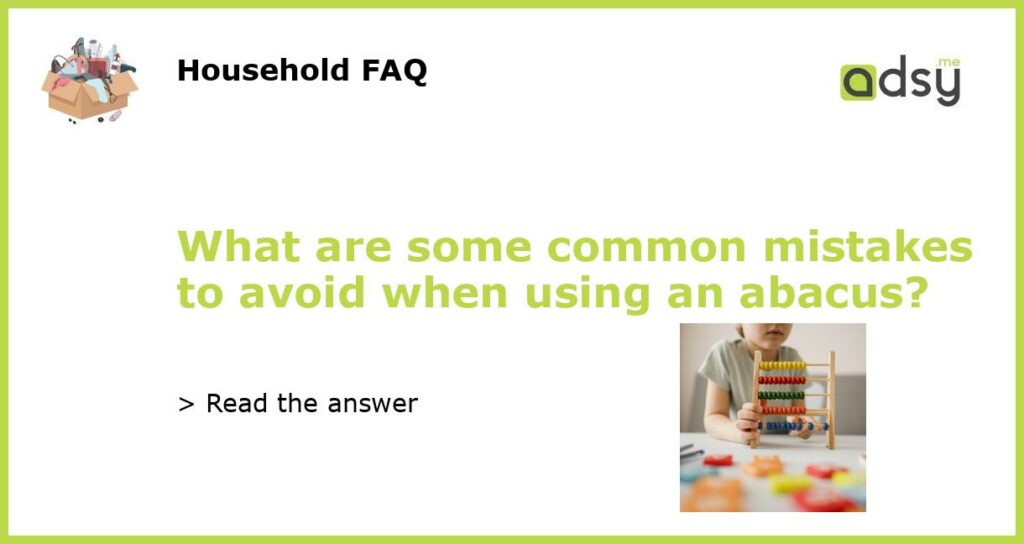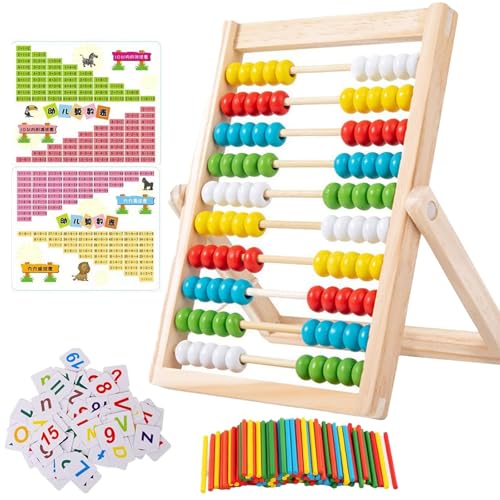Understanding the Abacus: Avoid These 5 Common Mistakes When Using One
For those who are not familiar with it, the abacus is an ancient calculating tool that is still widely used today. With its simple and effective design, it can help make complex calculations easy and efficient. However, for those who are new to using an abacus, there are some common mistakes that can be made. Here are five of those mistakes to avoid:
Not Understanding the Basics of the Abacus
The first and most important step in using an abacus is understanding the basics. This means knowing the names of the beads and rods, understanding how to perform simple addition and subtraction, and being familiar with the basic operations of multiplication and division. To avoid mistakes and frustration, take the time to learn the basics of the abacus before moving on to more complex calculations.
Incorrectly Placing the Beads on the Abacus
One of the most common mistakes that beginners make is placing the beads on the wrong rods. This can result in incorrect calculations and can quickly become frustrating. To avoid this mistake, take the time to make sure that you are placing the beads in the correct position before you start calculating.
Failing to Reset the Abacus Between Calculations
Another common mistake is failing to reset the abacus between calculations. This can lead to inaccurate results and can make it difficult to keep track of your calculations. To avoid this mistake, make sure to reset the abacus after each calculation before moving on to the next one.
Rushing Through Calculations
When using an abacus, it’s important to take your time and avoid rushing through calculations. This can lead to mistakes and can make it difficult to keep track of your results. To avoid this mistake, take your time and focus on accuracy over speed.
Not Practicing Enough
Finally, one of the biggest mistakes that beginners make when using an abacus is not practicing enough. Like any skill, using an abacus requires practice and repetition in order to become proficient. To avoid mistakes and become comfortable with using the abacus, make sure to practice regularly.






